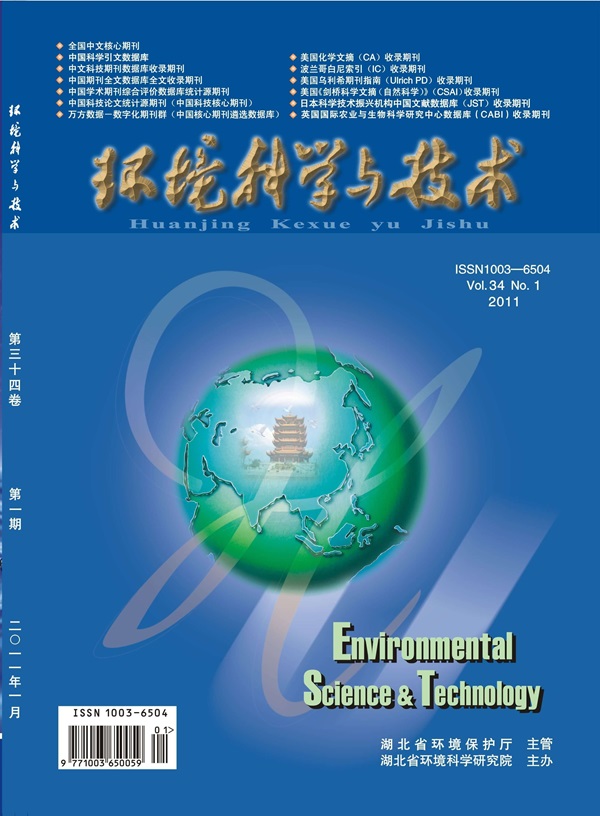利用卫星和地面监测器估算地表 NO2 浓度的物理约束深度学习融合方法
IF 10.8
1区 环境科学与生态学
Q1 ENGINEERING, ENVIRONMENTAL
引用次数: 0
摘要
通过多次观测准确估算大气中的化学物质浓度对于评估空气污染对健康的影响至关重要。然而,现有方法受到观测样本不平衡的限制。在此,我们介绍了一种新型的深度学习模型-测量融合方法(DeepMMF),该方法受化学传输模型(CTM)推断出的物理定律的约束,用于估算美国大陆(CONUS)上空的二氧化氮浓度。通过利用时空完整的 CTM 模拟进行预训练,利用卫星和地面测量数据进行微调,并采用新颖的优化策略选择适当的先验排放,DeepMMF 提供了更好的二氧化氮估计值,显示出与观测结果更高的一致性和日变化一致性(与原始 CTM 模拟相比,NMB 从-0.3 降至-0.1)。更重要的是,DeepMMF 有效地解决了样本不平衡问题,该问题会导致其他方法高估(超过 100%)下风向或农村地区的浓度。与地表二氧化氮观测值相比,它的 R2 值高达 0.98,RMSE 低至 1.45 ppb,优于其他 R2 值为 0.4-0.7 和 RMSE 为 3-6 ppb 的方法。该方法还通过调整相应的排放量提供了协同优势,这与 2019 年至 2020 年期间 NEI 报告的变化(-10% 至 -20%)一致。我们的研究结果证明了 DeepMMF 在数据融合方面的巨大潜力,可以更好地支持空气污染暴露估计和预测。本文章由计算机程序翻译,如有差异,请以英文原文为准。

A Physically Constrained Deep-Learning Fusion Method for Estimating Surface NO2 Concentration from Satellite and Ground Monitors
Accurate estimation of atmospheric chemical concentrations from multiple observations is crucial for assessing the health effects of air pollution. However, existing methods are limited by imbalanced samples from observations. Here, we introduce a novel deep-learning model-measurement fusion method (DeepMMF) constrained by physical laws inferred from a chemical transport model (CTM) to estimate NO2 concentrations over the Continental United States (CONUS). By pretraining with spatiotemporally complete CTM simulations, fine-tuning with satellite and ground measurements, and employing a novel optimization strategy for selecting proper prior emission, DeepMMF delivers improved NO2 estimates, showing greater consistency and daily variation alignment with observations (with NMB reduced from −0.3 to −0.1 compared to original CTM simulations). More importantly, DeepMMF effectively addressed the sample imbalance issue that causes overestimation (by over 100%) of downwind or rural concentrations in other methods. It achieves a higher R2 of 0.98 and a lower RMSE of 1.45 ppb compared to surface NO2 observations, overperforming other approaches, which show R2 values of 0.4–0.7 and RMSEs of 3–6 ppb. The method also offers a synergistic advantage by adjusting corresponding emissions, in agreement with changes (−10% to −20%) reported in the NEI between 2019 and 2020. Our results demonstrate the great potential of DeepMMF in data fusion to better support air pollution exposure estimation and forecasting.
求助全文
通过发布文献求助,成功后即可免费获取论文全文。
去求助
来源期刊

环境科学与技术
环境科学-工程:环境
CiteScore
17.50
自引率
9.60%
发文量
12359
审稿时长
2.8 months
期刊介绍:
Environmental Science & Technology (ES&T) is a co-sponsored academic and technical magazine by the Hubei Provincial Environmental Protection Bureau and the Hubei Provincial Academy of Environmental Sciences.
Environmental Science & Technology (ES&T) holds the status of Chinese core journals, scientific papers source journals of China, Chinese Science Citation Database source journals, and Chinese Academic Journal Comprehensive Evaluation Database source journals. This publication focuses on the academic field of environmental protection, featuring articles related to environmental protection and technical advancements.
 求助内容:
求助内容: 应助结果提醒方式:
应助结果提醒方式:


